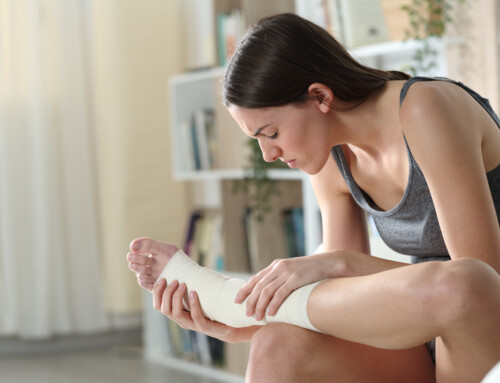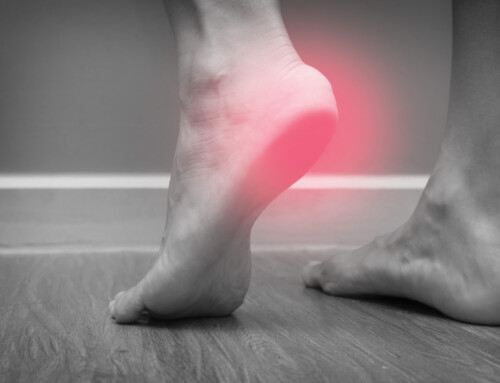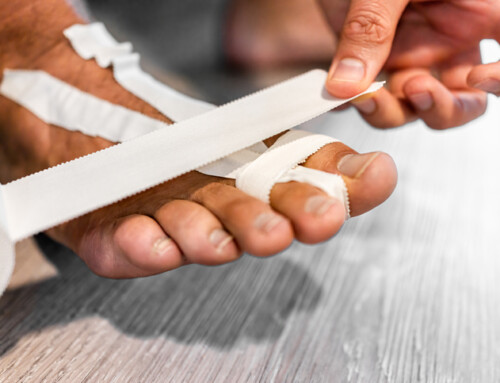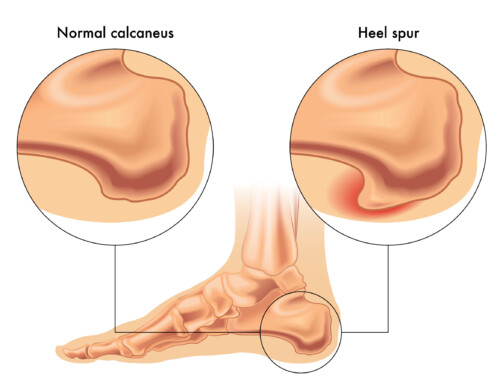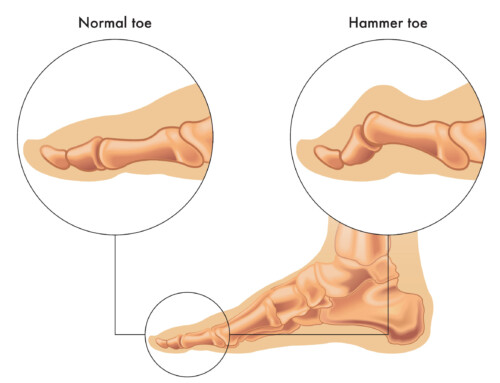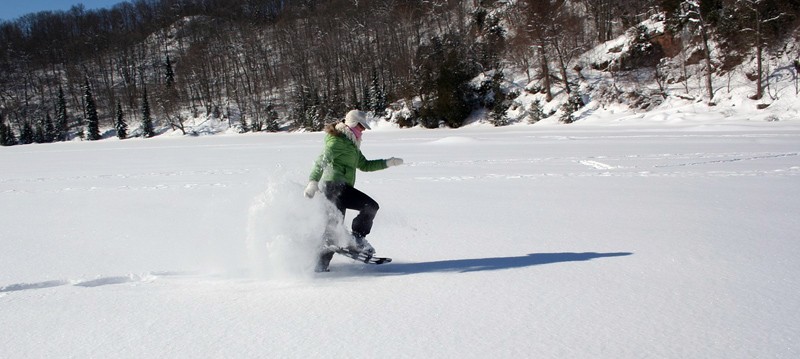
What is Achilles tendinopathy?
The two calf muscles, the gastrocnemius and soleus, combine to create the Achilles tendon. This tendon inserts on the back of the heel bone. Achilles tendinopathy is a condition in which the Achilles tendon swells and is painful due to repeated microtrauma to the tendon. Microtrauma is generally caused by overuse, for example, running too much without enough of a recovery period or spending all day moving on your feet at work. Treatment techniques for Achilles pain at our two physical therapy clinics located in Saratoga / Malta and Queensbury / Glens Falls areas offer relief from Achilles pain.
Risk Factors
There are some characteristics and activities that can lead to the development of Achilles tendinopathy.
- Ankle range of motion (ROM): Either an increased or decreased amount of ankle range of motion increases the chance of developing this condition.
- Subtalar ROM: The talus bone sits in between your heel bone and your shin bones. When the talus moves too much or too little, it increases the risk of developing Achilles tendinopathy.
- Decreased strength: Weakness of the calf muscles both leads to, and is evident in, those with this condition.
- Pronation: A pronated, or flat foot, leads to more stress on the Achilles tendon.
- Training errors: an increase in training intensity (mileage, speed, different terrain) can irritate the Achilles tendon.
Treatment Techniques for Achilles Pain
There are many different treatment techniques your physical therapist may discuss with you in creating your treatment plan.
- Strengthening: Strengthening your calf and ankle muscles is very important in decreasing your pain and normalizing your biomechanics. Literature shows that eccentric exercise is very beneficial in strengthening the Achilles tendon. Eccentric loading means that the muscle is under tension while it is lengthening, for example, during the lowering motion of a calf raise.
- Stretching: Calf stretching will increase ankle ROM while decreasing pain.
- Manual therapy: Your therapist may choose to perform soft tissue mobilization to your calf muscles. Soft tissue mobilization is a way to relax and lengthen the muscles to increase your ankle ROM, as well as decrease pain.
- Modalities: Modalities like moist heat packs, cold packs, and iontophoresis (medication delivery through the skin using light electrical stimulation) can be used to decrease pain and inflammation.
- REST!: Because Achilles tendinopathy is commonly caused by overuse, rest is a very important part of your treatment plan. Remember, rest from stress, not from function!
Malta and Queensbury PT Clincs for Achilles Pain
If you’ve been experiencing pain or excessive soreness in your calf or heel, come into Capital Area Physical Therapy & Wellness in Saratoga or Queensbury to get an expert evaluation and back on the road to recovery! Call our clinics at 518-289-5242 (Malta) or 518-289-5242 (Queensbury / Glens Falls Clinic) or contact us online for more information!
Reference:
Carcia, C R, Matrin, R L, Houck J, Wukich D K. Achilles pain, stiffness, and muscle power deficits/Achilles tendinitis: Clinical practice guidelines. J Orthop Sports Phys Ther. 2010:40(9):A1-A26. doi:10.2519/jospt.2010.0305


